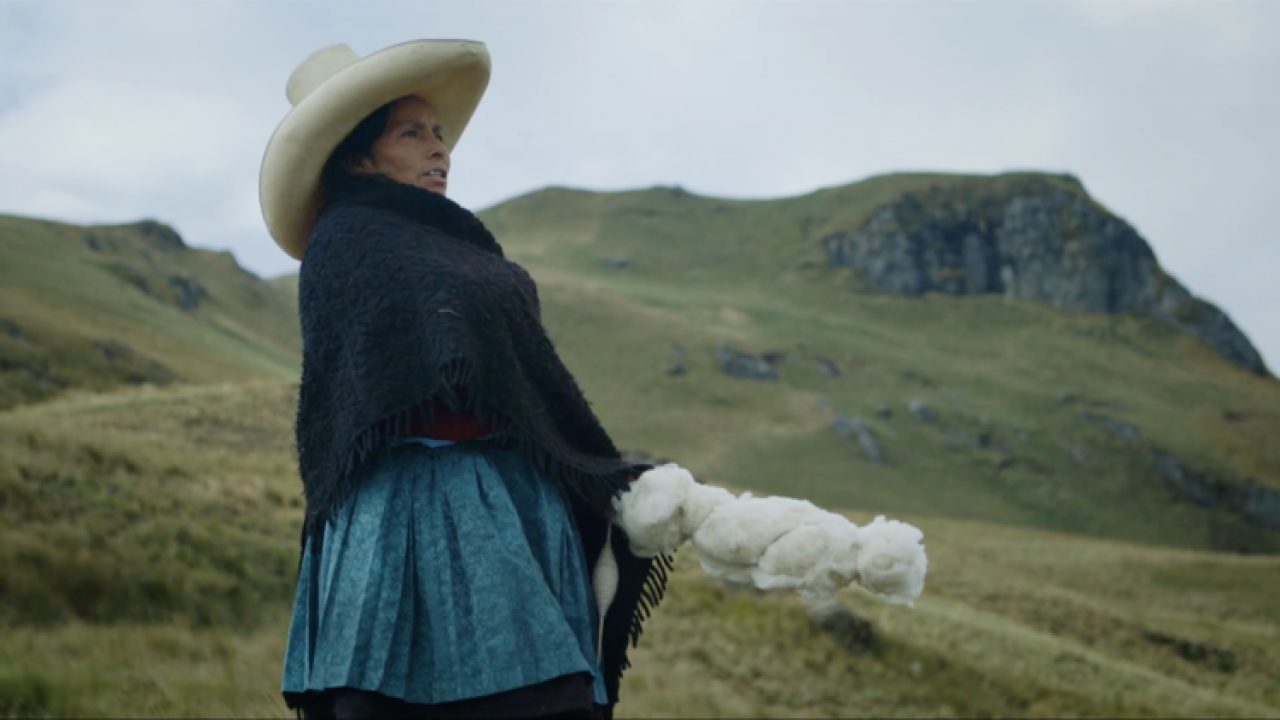
Indigenous Agriculture in the Spotlight at the UC Davis Human Rights Film Festival
UC Davis was founded as an agricultural school. Although the campus today has world-renowned programs across a variety of departments, it still particularly shines within the field of agriculture. It follows, then, that the UC Davis Human Rights Film Festival would feature two films on Indigenous agriculture and food sovereignty in United States and international contexts.
Gather, directed by Sanjay Rawal, “is an intimate portrait of the growing movement amongst Native Americans to reclaim their spiritual, political and cultural identities through food sovereignty, while battling the trauma of centuries of genocide.” The film highlights that seventy percent of food today comes from Indigenous foods of the Americas, and focuses on foodways as paths toward Indigenous healing and self-determination. It profiles Café Gozhóó, “a Western Apache café that integrates the tastes and flavors of Apache food-ways with exciting techniques while activating ancestral knowledge in learning and service”; Yurok and Hoopa salmon fishers fighting, in the words of Hoopa Nation member Chucky Carpenter, “for the freedom of all Natives to have our native food”; and Elsie DuBray, a then-high school student who wanted “to educate the scientific community with traditional knowledge” via her study on the health benefits of grass-fed buffalo meat.
During the public Q&A, moderator and Native American Studies PhD student Carlie Domingues asked Rawal about the roles of storytelling in human rights work. Rawal emphasized in his answer that the First Nations Development Institute was his partner in the project; it was they who came to him for help telling the stories of the various communities represented in the film. Rawal expressed that while he himself couldn’t make an Indigenous film, he “always look[s] at [his] characters as experts” and was willing to lend his skills to show those stories. While film cannot possibly go as in-depth on the topic of food sovereignty as books or other forms of expertise can, Rawal explained, it can provide deep and effective emotion.
To attendees who were curious about, as Domingues put it, “how we can support and encourage some of these food systems wherever we might be,” Rawal said he “would challenge people not just to do the land acknowledgement” but to actually understand Indigenous peoples’ relationships with their land. While making the film, he was able to engage with some of these relationships via meals. During the Q&A he spoke to how 10,000-year relationships with ingredients enriched meals, saying “the greater the knowledge is of an ingredient, the better it’s gonna taste.” He also emphasized that Indigenous issues are of mutual benefit to Native and non-Native people. For example, the dam policy that Yurok and Hoopa tribes are working on may push the Central Valley water system to look at opportunities more in tune with the long-term health of California and have “deep and powerful impacts on society.”
Maxima, directed by Claudia Sparrow, “follows Peruvian [I]ndigenous farmer Máxima Acuña in her fight to protect her land as she stands up to the largest gold producer in the world: US-based Newmont Mining Corporation.” Early in the film, Máxima says that “their greed is going to destroy our lakes.” The viewer then watches as she protects the lakes and land both at home on her land and in courts in Peru and the United States. During the Q&A between Sparrow and Associate Professor of History Marian Schlotterbeck, Schlotterbeck noted that land rights are human rights. Sparrow’s creation of this film, giving Máxima the opportunity to tell her story in her own words, opened up this fight to an even broader audience than the one encountering Máxima’s story solely through journalism and activism. In order to make the film, the tiny crew used small equipment to avoid drawing attention. They also needed to secure international funding as many grants are limited to U.S. projects.
Máxima’s story serves as a reminder to people not to be afraid of speaking up nor to be intimidated. Máxima is so remarkable, Sparrow articulated, because she responded in a different way than the state was expecting. Sparrow hopes that viewers will recognize how precious and endangered these resources are, and that further extraction will be prevented. For those interested in supporting Máxima’s efforts there are calls to action, including a petition, on the film’s website.
Recordings of each of the Q&A events from the Human Rights Film Festival are on our Youtube channel.
